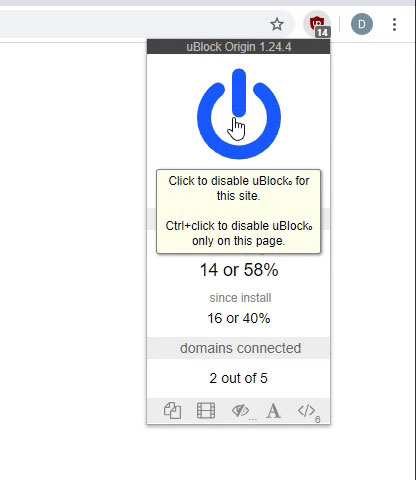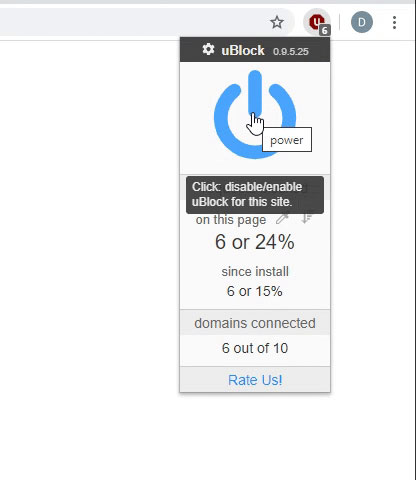Hello guys!
I would like to be able to create a random number using a triangular distribution...
However this is not a function pre-programmed into Excel - I can not find an easy way to put in the formula either, even using add-ins.
Could someone help me to to do this? I have added a picture of the triangular distribution with minimum value=2, mode=4, max-10.
Thanks in advance!

I would like to be able to create a random number using a triangular distribution...
However this is not a function pre-programmed into Excel - I can not find an easy way to put in the formula either, even using add-ins.
Could someone help me to to do this? I have added a picture of the triangular distribution with minimum value=2, mode=4, max-10.
Thanks in advance!





